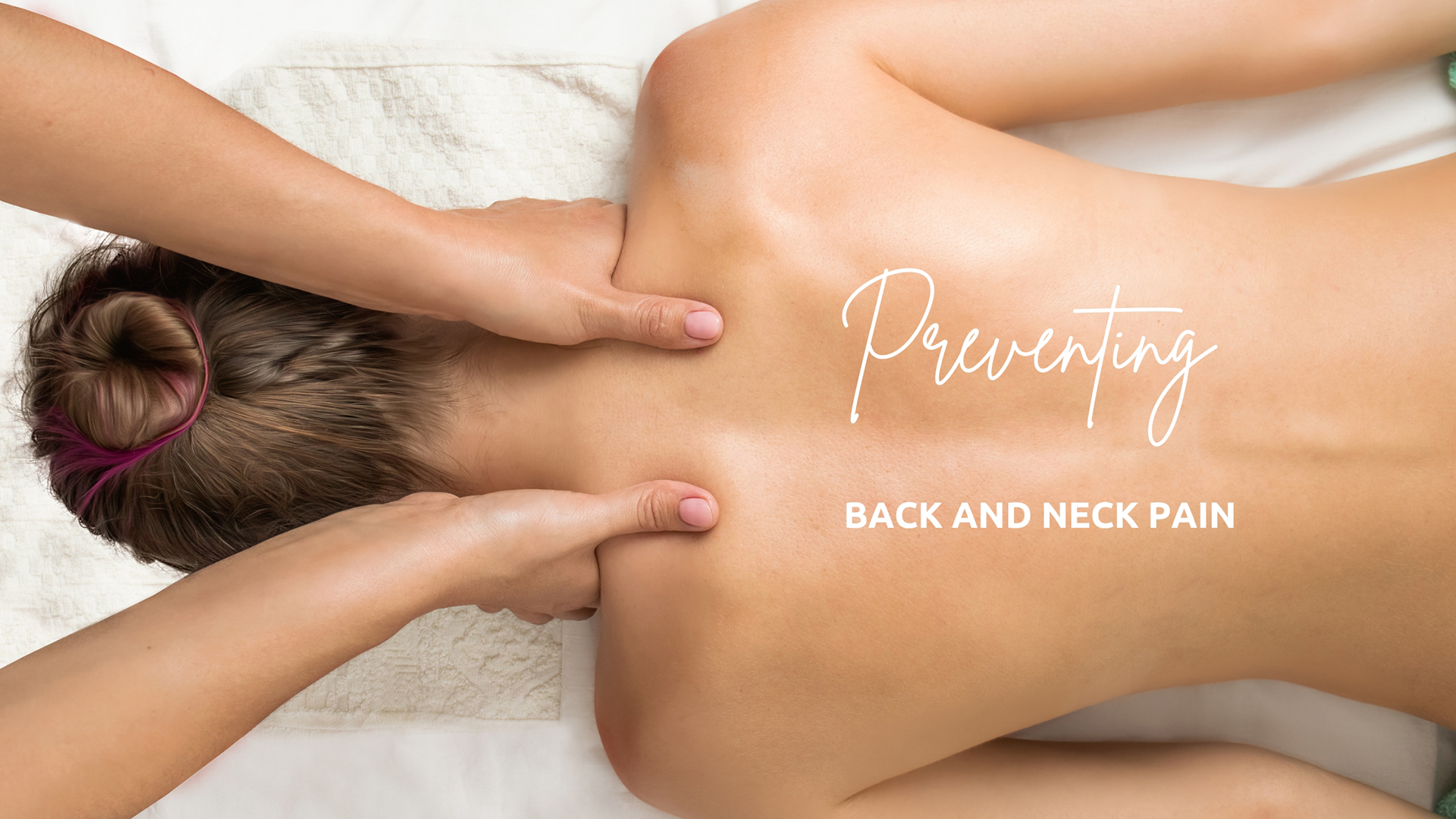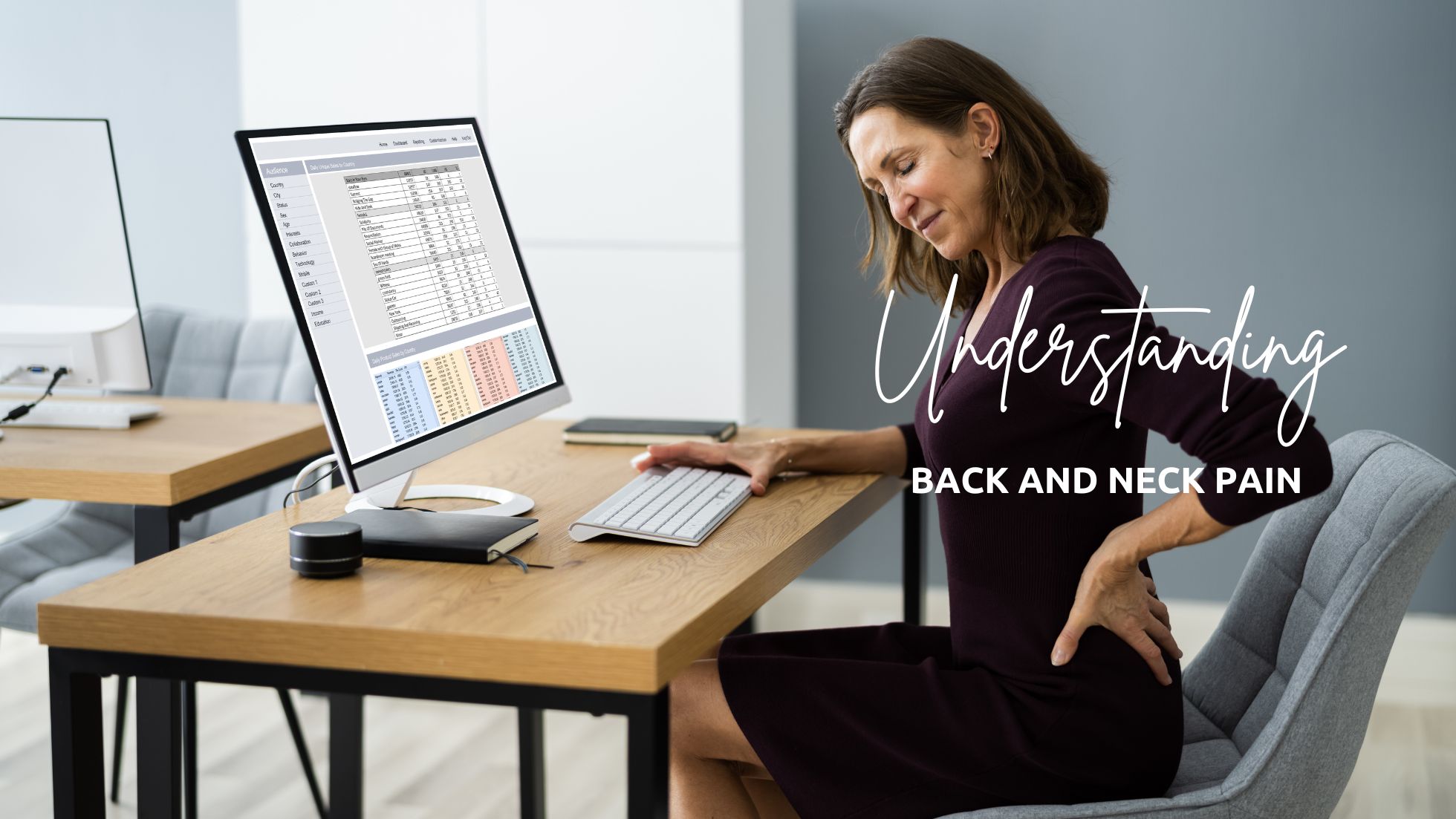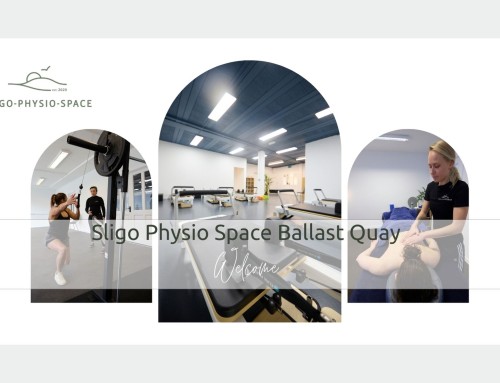 Learn practical tips for a healthier back and neck, from movement to stress management.
Learn practical tips for a healthier back and neck, from movement to stress management.
Back and neck pain are not just common—they’re almost a modern-day epidemic. Whether you’re a chronic pain sufferer or a fitness enthusiast, chances are you’ve experienced discomfort in these areas at some point. Welcome to the ultimate guide to preventing back and neck pain, brought to you by Sligo Physio Space.
In this comprehensive guide, we’ll explore practical tips and strategies for maintaining a healthier back and neck. From understanding the anatomy and common pain triggers to adopting daily habits that can make a world of difference, discover how you can live pain-free, no matter your lifestyle.
Understanding Back and Neck Pain
The Anatomy of the Back and Neck
To tackle back and neck pain, it’s crucial to understand the anatomy of these areas. Your back comprises the spinal column, muscles, ligaments, and nerves. The spinal column itself is divided into three sections: cervical, thoracic, and lumbar, each playing a pivotal role in your body’s structure and movement.
The neck, or cervical spine, is made up of seven vertebrae, which support the head and allow for a range of motion. Between these vertebrae are discs that act as cushions, absorbing shock and allowing flexibility. Knowing how these parts interconnect helps us appreciate why certain activities or postures can lead to discomfort.
Common Causes of Back and Neck Pain
Back and neck pain can arise from various factors. Poor posture, sedentary lifestyles, and improper lifting techniques are some of the primary culprits. Strain or sprain from sudden movements or accidents can also contribute to pain in these areas.
Other common causes include herniated discs, degenerative disc disease, and conditions like arthritis or scoliosis. Even mental stress can manifest as physical pain, as tension often accumulates in the back and neck muscles.
The Impact of Lifestyle and Stress
Lifestyle choices play a significant role in the health of your back and neck. Long hours at a desk, lack of regular exercise, and high-stress levels can exacerbate pain. Stress, in particular, leads to muscle tension, which can create a vicious cycle of discomfort and further stress.
Understanding these causes and their impacts allows us to take proactive steps toward better health. By making informed choices, we can significantly reduce the risk of chronic pain.
Prevention Strategies
Ergonomics at Work and Home
Ergonomics is the science of designing workplaces and home environments to fit the user’s needs, reducing strain and improving comfort. Investing in an ergonomic chair, desk, and keyboard can make a huge difference in your posture and overall comfort.
Make sure your computer screen is at eye level, your chair supports the natural curve of your spine, and your feet are flat on the ground. Small adjustments like these can prevent strain and promote better alignment.
Try Claire’s 1 minute guide to strengthening your neck and shoulder blade area below
The Importance of Regular Movement and Exercise
Movement is medicine. Regular exercise strengthens the muscles supporting your back and neck, improving flexibility and reducing stiffness. Aim for a mix of aerobic exercises like walking or swimming and strength training exercises targeting the core and back muscles.
Even short, frequent breaks to stretch and move around can prevent the stiffness associated with prolonged sitting. Incorporating activities like yoga or Pilates can also improve your posture and overall muscle tone.
Stress Management Techniques
Managing stress is pivotal for back and neck health. Techniques such as mindfulness, meditation, and deep-breathing exercises can help you relax and reduce muscle tension. Engaging in hobbies, spending time with loved ones, and maintaining a balanced work-life schedule also contribute to lower stress levels.
Incorporating these strategies into your daily routine will not only benefit your mental health but also your physical well-being.
Practical Tips for Everyday Life
Desk Exercises and Stretches
If you spend long hours at a desk, incorporating exercises and stretches into your routine is essential. Try shoulder shrugs, neck tilts, and seated spinal twists to keep your muscles loose. Even a simple walk around the office can break the cycle of inactivity.
Regularly stretching your hamstrings, chest, and back muscles can prevent tightness and maintain flexibility. Tools like foam rollers and massage balls can also aid in relieving muscle tension.
Practice a few minutes of stretching at your desk daily to relieve strain and prevent pain.
Healthy Sleeping Postures
Your sleeping posture significantly affects your back and neck health. Use a supportive mattress and pillows that keep your spine aligned. Sleeping on your back or side is generally better than sleeping on your stomach, which can strain your neck.
For side sleepers, placing a pillow between your knees can help maintain proper hip alignment. Back sleepers may benefit from placing a pillow under their knees to relieve lower back pressure.
If you suffer from sore shoulders after sleeping, try the sleeper stretch as demonstrated by Claire in the video below.
How to Lift Heavy Objects Safely
Lifting heavy objects improperly can lead to serious injuries. Always bend your knees and keep your back straight when lifting. Use your leg muscles to lift rather than your back and hold the object close to your body.
Avoid twisting your body while lifting; instead, pivot your feet to turn. If an object is too heavy or awkward to carry, don’t hesitate to ask for help.
Insights from Sligo Physio Space
Professional Advice on Managing and Preventing Pain
At Sligo Physio Space, we emphasize a holistic approach to managing and preventing back and neck pain. Our expert physiotherapists suggest personalised exercise routines, ergonomic adjustments, and strength building techniques tailored to your specific needs.
We believe in empowering our clients with knowledge and practical tools to overcome pain and enhance their quality of life. Whether it’s adjusting your workspace, incorporating regular exercise, or managing stress, every small change contributes to your overall well-being.
Try to regularly incorporate the stretches in our Pilates for office workers video below and release all the tension that builds in your spine from long periods at your desk.







